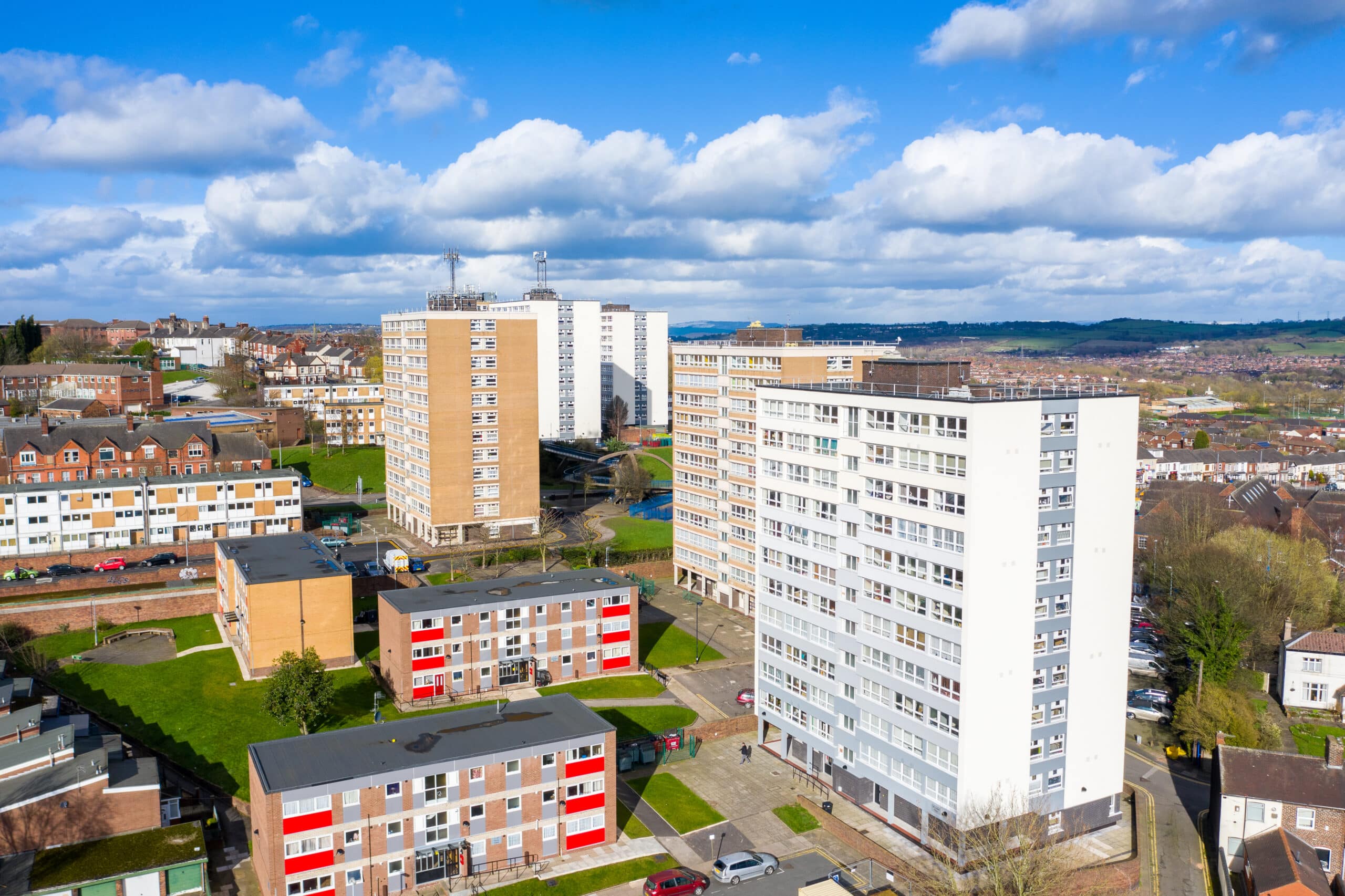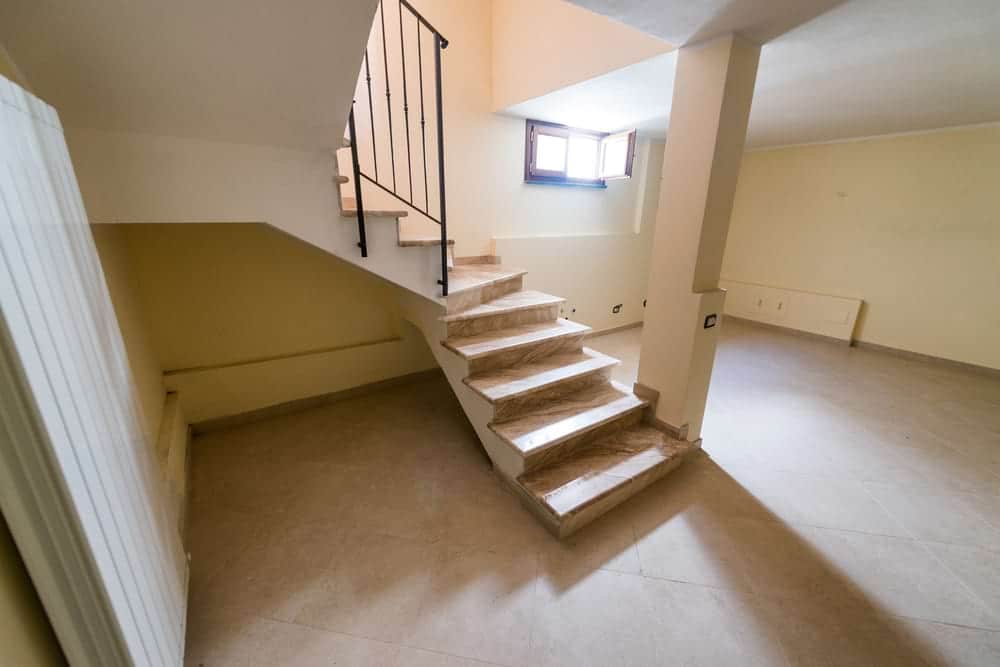Moving into a flat can be surprisingly difficult.
Just as with moving into a house, you still have to move your belongings and set everything up.
Pack to avoid damage
Belongings can get damaged during the removal process.
With good organisation and protective supplies, you can significantly reduce the chances of it happening.
Bubble wrap and tape are great options to wrap your belongings in and keep them from breaking. And packing paper is also ideal for protecting your valuables and reducing the likelihood of scuffs. It is also a perfect space filler.
Strong boxes are vital to keeping your things safe, especially in transit and when it comes to loading and unloading the vehicle.
Leaving minimal space for movement inside your boxes and the transit vehicle is essential.
Work out your spaces
Whether you’re downsizing or upsizing, fitting all of your things into your new place can be daunting. Before you move your furniture into your flat, it’s best to plan.
Ensure you have the dimensions of the new rooms and your existing possessions. Prioritise the most essential items for the rooms you’ll use most. You can always find room for the less important items later on.
Letting go of the furniture you don’t use will help. Donating or selling your old items could make space for something new.
Label boxes
Labelling your boxes is a simple but effective way to make moving into a flat faster and easier.
The two most important points to write (clearly and in large print!) on boxes are:
- The room the box belongs to
- What’s in the box
You can even go one step further than just labelling your boxes: colour coding your boxes may help you, too.
You might have a distinct colour for kitchen utensils versus pans, making your unpacking very efficient.
Managing stairs
On the day you move into your flat, stairs can pose a difficulty (unless you are in a ground floor flat, of course).
First, measure the doorways into your building and flat, as well as your boxes and furniture. This will ensure you can fit through each door frame.
If your belongings won’t fit or are a tight squeeze, you might have to get some help rotating the item at a different angle.
For your safety and to prevent potential damage to your possessions, you should wrap drawers, cupboard doors or anything else that isn’t securely fastened.
Alternatively, you could remove the drawers or disassemble other parts, which will help stability and make the item lighter and easier to carry up the stairs.
For larger items, it is important to carry furniture properly to distribute the weight evenly and safely.
One person should walk backwards up the stairs, carrying the item at the highest point. The second person faces forward, holding the furniture at the lowest point.
Hiring the right moving company
Like with any service, trusted removal companies tend to be the best, and this is the same with moving companies.
It’s important to use an experienced company. One feature to look for is insurance and a license that will protect your items and cover potential damages.
Following reputable customer reviews online and asking for recommendations from friends and family members is a good starting point.
Some companies’ pricing can be ambiguous, but with good movers, quotes are in writing. There be no hidden costs – clarify this before you hire a company.
A company that offers on-site pricing estimations will be able to provide you with a more accurate quotation, seeing the exact extent of the move as opposed to listening to it on the phone.
Getting access to the building
On a moving day, many factors must be considered to ensure you have access to the building.
Before the day of the move, it is important to arrange a time and date when you can pick up the keys for your new flat, typically with the estate agent.
(It is important to remember that on the day you move as if it falls on the weekend, your estate agent may be closed and open at reduced hours.)
In addition, it is generally recommended that you have a written agreement from the estate agent (or landlord) with a time in which you will be able to access the property.
Consider where the moving vehicle will be parked. If the location of your new flat is on a busy road, or the parking isn’t big enough for your moving vehicle, you will want to pre-arrange a location for this.
Avoiding over or under packing
Some people want to take everything from their existing home to their new one. Others embrace the opportunity to shed un-needed possessions.
Create a few groups when you pack:
- Essential
- Maybe
- Don’t need
When you’re packing, keep these groups of objects in separate places. Once you have packed most of the essential items, you’ll be better able to decide on the maybe category.
Whilst it is important not to overpack, ensuring that you don’t leave yourself short-changed is just as key.
Once you get to your new flat or once you have time/money to buy newer items, you can always sell, donate, or throw away things you don’t use.
Pet care
Our pets are our best friends, so looking after them properly on our moving day is paramount.
It’s a stressful day for humans, let alone our furry friends. If you can organise temporary care for the duration of the move, that would probably be best. You might want to arrange this in advance so you can sort out a contingency plan.
When your pet arrives at your new flat, it is likely to be unnerved. Gathering your pet’s favourite belongings will make them feel more at home, and the transition will be easier. This goes for food, treats, and litter, as well.
Once the bulk of the move has been completed and you’re happy for your beloved pets to see their new home, preparing appropriate transport for them is essential.
For most pets, a travel carrier is the preferred safe and secure transport method that ensures their comfort.
And of course, if you are renting, make certain you have clarified whether or not your new landlord allows pets!




















